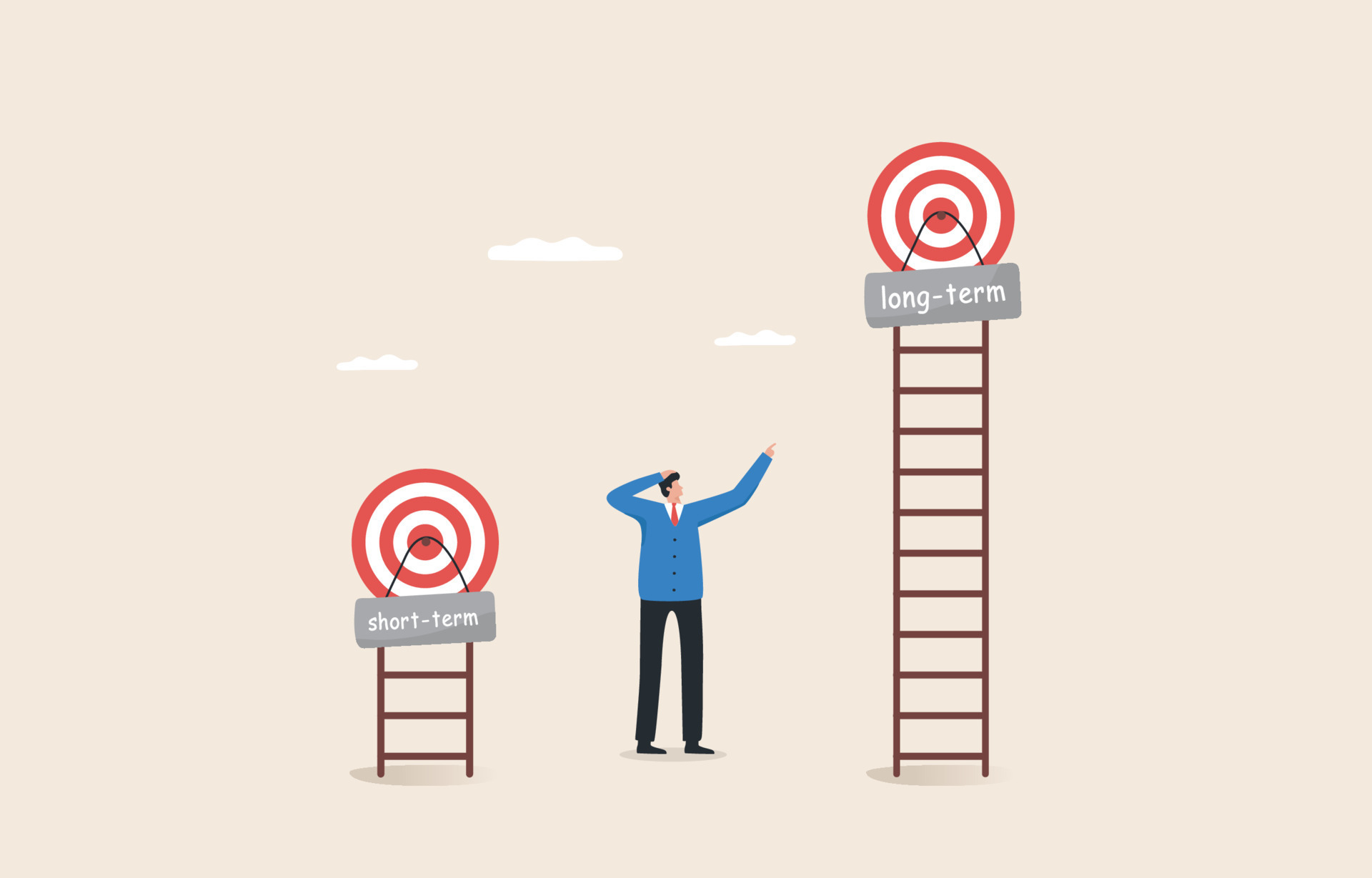In today’s fast-paced business environment, leaders need to be able to think both strategically and operationally. They must keep up with the latest trends and developments, whilst also managing the day-to-day demands of the business. This is what is known as ambidextrous leadership.
Ambidextrous leaders are able to balance two seemingly opposing forces: exploration and exploitation. Exploration is about taking risks and trying new things. Exploitation is about focusing on what works and optimising existing processes.
Both exploration and exploitation are essential for business success. Exploration allows businesses to identify new opportunities and grow into new markets. Exploitation allows businesses to improve their efficiency and profitability.
The Evidence
Social research has shown that ambidextrous leadership is an effective approach to leadership. For example, a study by the Harvard Business Review found that companies with ambidextrous leaders were more likely to outperform their peers financially. Another study, published in the Journal of Management Studies, found that ambidextrous leadership was associated with higher levels of employee engagement and innovation.
Neuroscience Insights
Neuroscience can help us to understand how ambidextrous leaders are able to switch between exploration and exploitation so effectively.
When we are thinking about the long term, we are using our prefrontal cortex, which is the part of the brain responsible for planning, decision-making, and abstract thought. When we are focused on the short term, we are using our amygdala, which is the part of the brain responsible for our emotions and fight-or-flight response.
Ambidextrous leaders are able to switch between these two modes of thinking by activating different parts of their brains. They are also able to control their emotions and avoid making impulsive decisions, even when they are under pressure.
When we switch between long-term and short-term thinking, there are a number of changes that occur in our brains.
- Blood flow to the prefrontal cortex increases. The prefrontal cortex is responsible for planning, decision-making, and abstract thought. When we are thinking long-term, we need to use these cognitive skills more extensively.
- Activity in the amygdala decreases. The amygdala is responsible for our emotions and our fight-or-flight response. When we are thinking long-term, we need to be able to control our emotions and avoid making impulsive decisions.
- The default mode network (DMN) becomes less active. The DMN is a network of brain regions that is active when we are at rest. It is also associated with self-reflection and daydreaming. When we are thinking long-term, we need to be able to focus on the task at hand and avoid getting distracted by our thoughts.
These changes in brain activity allow us to switch between long-term and short-term thinking effectively.
How to Become an Ambidextrous Leader: Create Ambidextrous Teams
Ambidextrous leadership is not about a single leader trying to do everything. Rather, it is about creating an organisation where exploration and exploitation can coexist.
Research of 12 top management teams at major companies suggests that firms thrive only when senior teams lead ambidextrously. This means fostering a state of constant creative conflict between the old and the new by:
This can be done by:
- Creating separate structures for exploration and exploitation. This could involve creating separate business units, teams, or even physical spaces.
- In the executive leadership team, assign different types of leaders to exploration and exploitation activities. Exploration leaders need to be comfortable with risk and uncertainty, while exploitation leaders need to be focused on efficiency and execution.
- Establish clear communication and collaboration channels between exploration and exploitation activities. This will help to ensure that the organization is learning from its experiences and that new ideas are being translated into successful products and services.
Tips for Switching Between Long-Term and Short-Term Thinking
Here are a few tips for switching between long-term and short-term thinking:
Take a break. When you need to switch between long-term and short-term thinking, it is helpful to take a break. This will help to clear your head and give your brain a chance to rest.
Change your environment. If you are struggling to switch between long-term and short-term thinking, try changing your environment. This could involve moving to a different room or going for a walk.
Use a visual cue. A visual cue can help you to switch between long-term and short-term thinking. For example, you could have a picture of your long-term goals on your desk or a whiteboard with your short-term tasks written down.
Sources and citations
- Tushman, M. L., Smith, W. K., & Binns, A. (2011). The ambidextrous CEO. Harvard Business Review, 89(6), 74-80 https://hbr.org/2011/06/the-ambidextrous-ceo
- Benner, M. J., & Tushman, M. L. (2003). Exploration and exploitation in organizational learning: The ambidextrous organization. Harvard Business Review, 81(3), 76-85.
- Gibson, C. B., & Birkinshaw, J. (2004). The antecedents, consequences, and mediating role of organizational ambidexterity. Academy of Management Journal, 47(2), 209-226.
- Kühnen, U., & Gallwitz, F. (2012). Neural correlates of long-term and short-term planning. NeuroImage, 59(2), 1461-1469.
- Wager, T. D., & Smith, E. K. (2008). Neuroimaging studies of working memory: A meta-analysis. NeuroImage, 40(4), 1684-1703.




